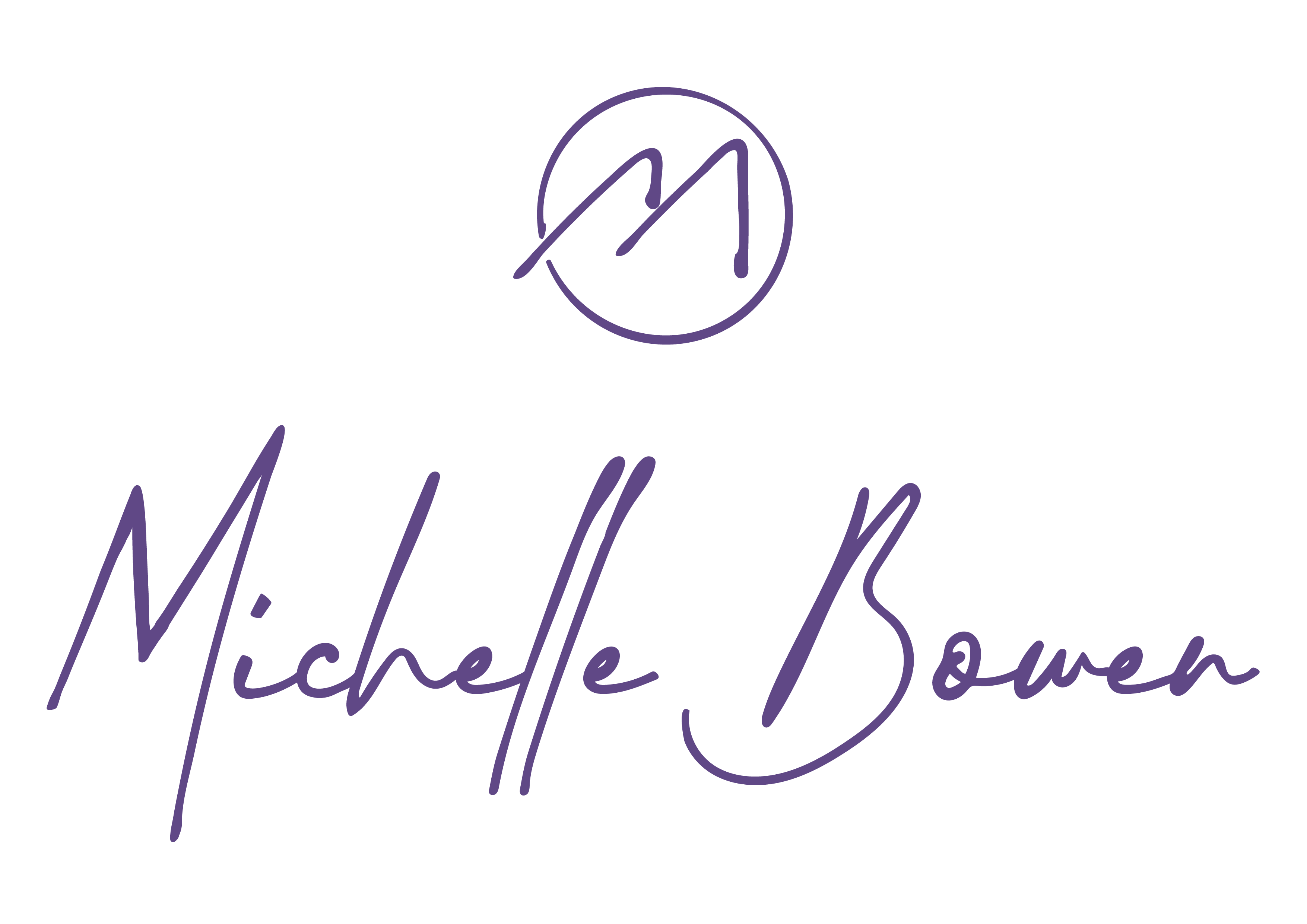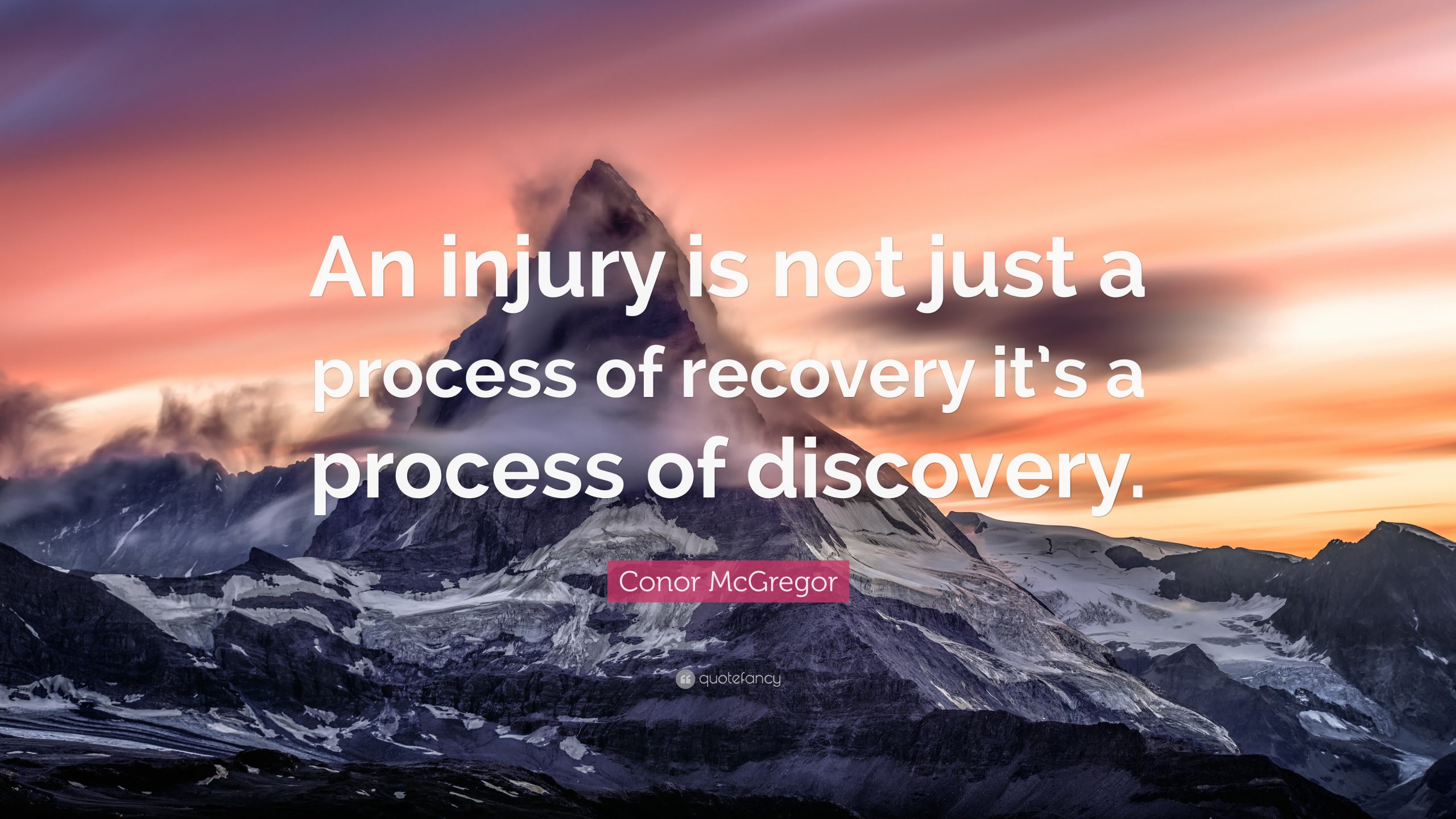#1 Injury is not just a process of recovery, it’s a process of discovery – Conor McGregor
As dramatic as it may sound, following an injury it is common to feel like you are no longer you, you have, in a way, lost your sporting identity and are now experiencing a sense of anxiousness and stress. How to fill all those hours that used to be consumed by conditioning, strength training, logging mileage, game practice and competition.
Before you got injured you had performance goals and training goals, this is what keeps you focused and driven to get to your peak level of performance.
Here is a guide on how you can help yourself get back to full fitness.
It seems a little PEACE and LOVE will optimise recovery.
As a Health and Fitness professional I have always advised clients to RICE (Rest, Ice, Compression and Elevation) initially and a phased return to activity.
Until recently that is…. It now seems a little PEACE and LOVE will optimise recovery, during the acute phase of your injury follow this process:
P – Protect by not doing any activities / movement that causes pain
E – Elevate the limb above the heart as often as possible
A – Avoid anti-inflammatories as they reduce tissue healing
C – Compress by taping the area to reduce the swelling
E – Educate, a therapist will be able to give advice on an active approach to recovery
LOVE is then applied after a few days
L – Load bearing can be increased slowly and as your body allows, optimal load promotes healing
O – Optimism is vital to recovery, refocus your mind-set to returning to full fitness
V – Vascularisation means to use pain free cardiovascular activities to increase blood flow
E – Exercise focusing on restoring the mobility, stability, strength and proprioception
The recovery journey is ongoing
Seek professional advice and treatment from a therapist – it is crucial that not only the symptoms get attention but also the cause. In order to gain long term relief from your injury and to prevent it reoccurring it is crucial that a professional carries out a thorough assessment to identify this cause and educate you on rehabilitation and prevention.
Re-evaluate short term goals – remember you are still that sports person only at a different point in your training right now. Consciously adjusting your goals and shifting your focus to your optimal physical and mental recovery will get you back on track.
Be consistent with your rehabilitation exercises – the key to rehabilitating your body is consistency, it can take a weak muscle or biomechanical imbalance 6-8weeks to respond to a rehab programme and overcome the original dysfunction.
Make hydration, nutrition and rest your focus – From growth hormone, blood flow, improving oxygen carrying capacity of the blood and inflammatory specific foods. All 3 of these are a crucial part in the healing process following injury. We will look at these in more detail in future blogs
Your safe return from injury checklist.
• You are pain free
• You have no swelling
• You have full range of motion
• You are full weight bearing for lower limb injuries
• You have full range and can perform movement in good form for upper limb injuries
It is impossible to put a definitive time frame on injury recovery, the most beneficial thing to take away from this blog is to refocus your mind and make rehabilitation your new goal.
I hope you enjoyed the read please send any comments to hello@michellebowen.co.uk
Happy healthy regards!
Michelle

